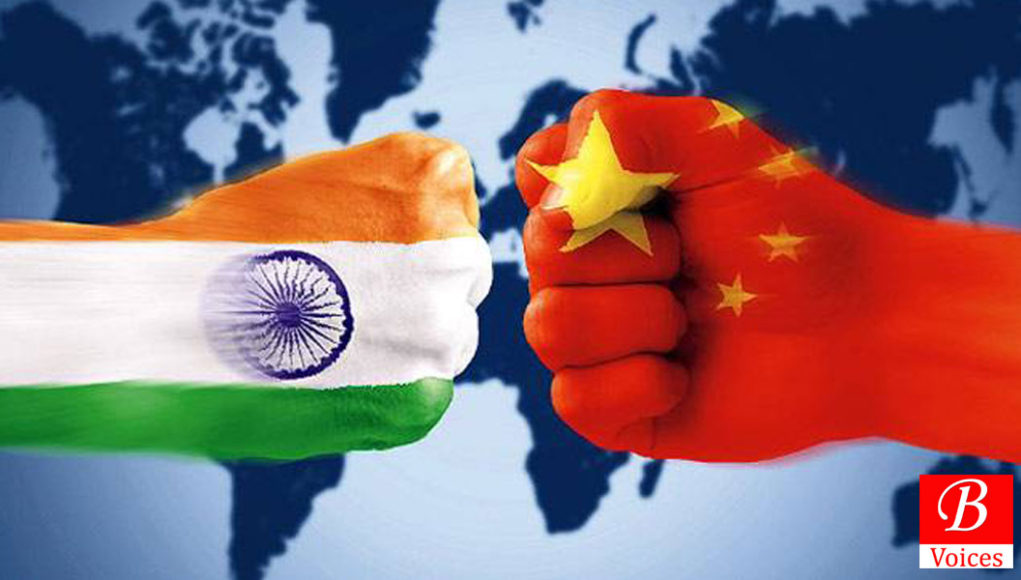Wali Ejaz Nekokara
After Middle-East countries, the politics of Asian dominant countries are on the juncture of biasness, extremism and grievous situation. As we know, the dominant powers of Asia are Pakistan, China and India. India is causing to impede the progress of Pakistan and china.
New Delhi is strengthening its armed forces to sustain and maintain hegemony through deterrence. According to the Economic Times, Modi has pledged to spend $250 billion by 2025 on weapons and military equipment for a nation that has territorial disputes with Pakistan and china. Similarly, it is worth mentioning that the Stockholm international peace research institute (ISPRI) reported that India remains the world’s biggest arms importer over five years while increasing its share of global arms imports from 9.7% in 2007-11 to 12.8% in 2012-16. 70% of Indian purchases are from aboard. Previously, these purchases used to be from Russia. However, over the years, India has diversified its arms purchases and in the new modernization plan, the US, the EU and other developed countries has been identified as source of arms imports for the India.
There is a continuous cross LOC firing from Indian side indicates towards violation of 2003 ceasefire agreement. Simultaneously, border tension between china and India has opened a can of worms. It is absolutely a cataclysmic change in Asian politics. Now we talk about the actual imbroglio, the recent Sino-Indian stand-off over the Doklam area in Sikkim region has started a few days prior to Modi’s visit of the United States. Since the new US administration under Trump started a war of words against china, therefore, Modi thought it the most appropriate time to originate or initiate a tactical military campaign against china. This time, Indian military infiltrated into an area which is jointly claimed by China and Bhutan (the Doklam area), rather along its 3500km shared border with China. India moved its military into Doklam region to stop the construction of road by Chinese army. The Doklam plateau, situated between China, Sikkim and Bhutan is being claimed by both china and Thimphu. Chinese foreign ministry has clarified that the border in Sikkim was settled in 1890 through an agreement with British India. This is a serious violation of Indian army.
The Indian concern is that upon the completion of this road , China will have greater access to its “chicken’s neck’’ a 20km (12mile) wide corridor that links the seven north-eastern states to Indian mainland .Besides, India will lose the year’s old domination over the landlocked tinny kingdom of Bhutan, which borders Indian and China. Currently, Indian has a huge clout on foreign, defence and economic policies of Thimphu, which itself are violation of UN charter. India had no right to stop construction of road and incursion of its troops into Chinese area. The only objective, Indian intends achieving to oppose Chinese OBOR and keeping these states under its domination. Forces of India and China are in an eye ball to eye ball position. Through its foreign office and all diplomatic means, china has emphasized India to “unconditionally pull back troops”. Indian Prime Minister Modi issued a provocative statement that, “India of 2017 was not the Indian of 1962, and the country was well within its rights to defend its territorial integrity”.
The US is also playing a destructive role to further fuel the situation. So, escalating military power of India and its defiant, belligerent and acrimonious behavior can wreak havoc in the region. But in one’s opinion, India will not take any seditious step to retrieve its dominance on Thimphu because it would have a great victim of catastrophe.
The writer is a student of BS political science at QAU.
Disclaimer: Views expressed in this article are those of the author and Balochistan Voices not necessarily agrees with them.
Share your comments!








